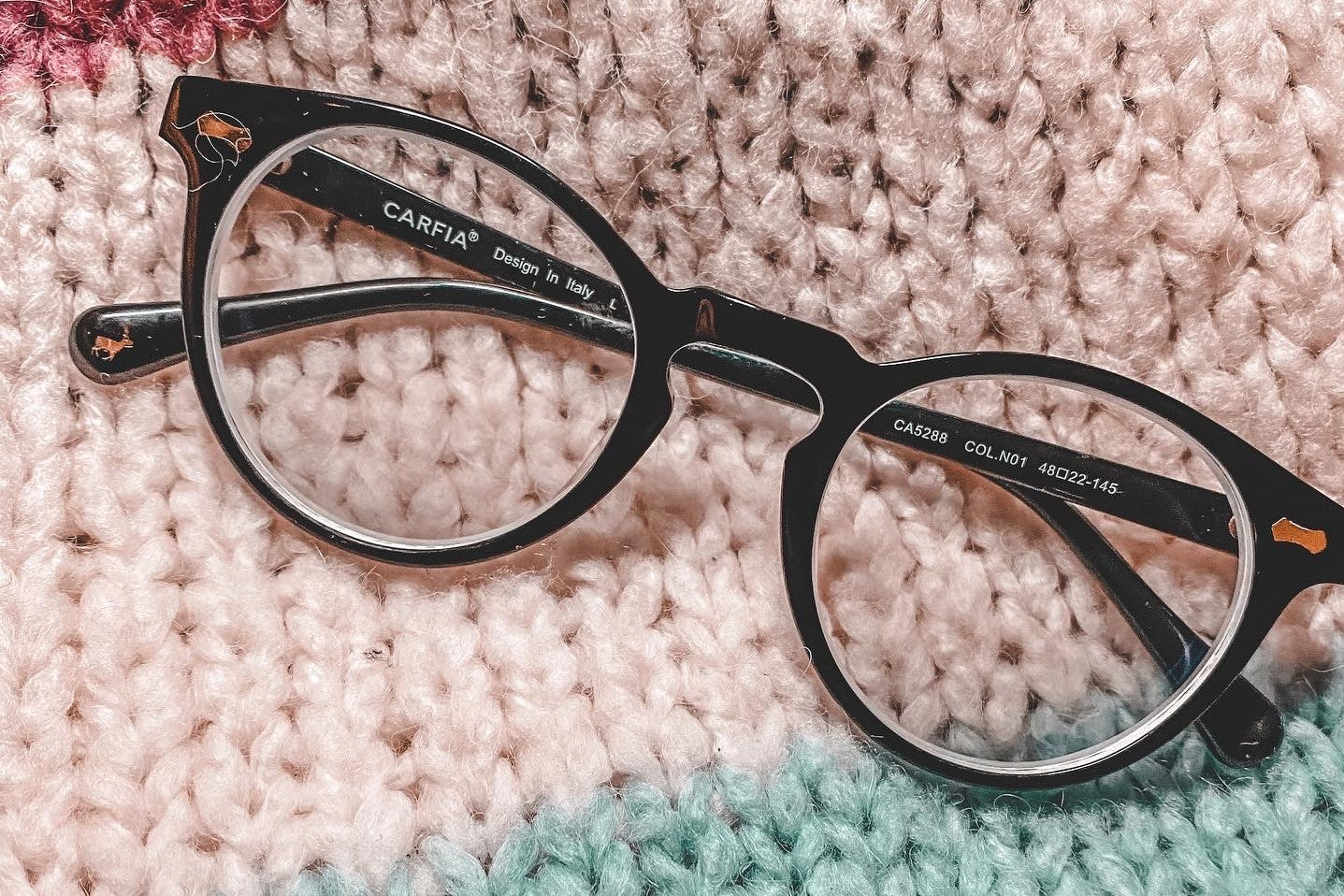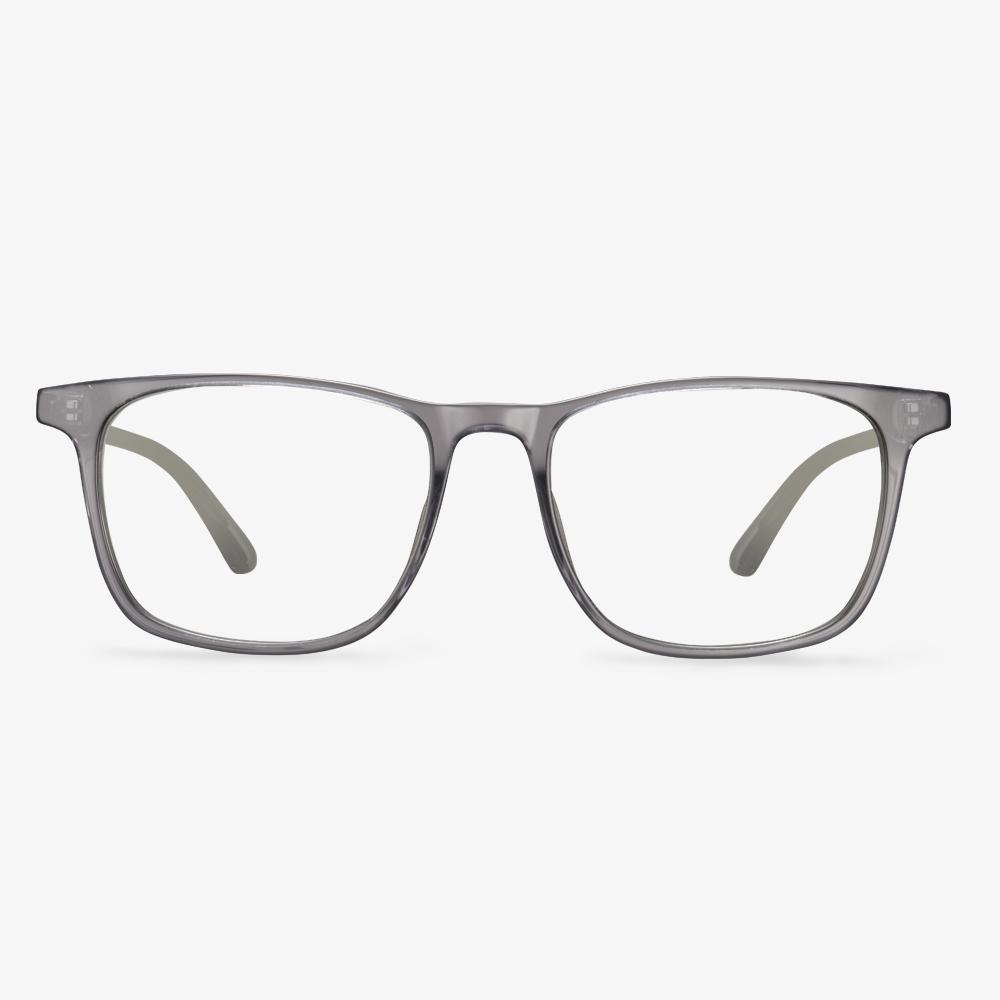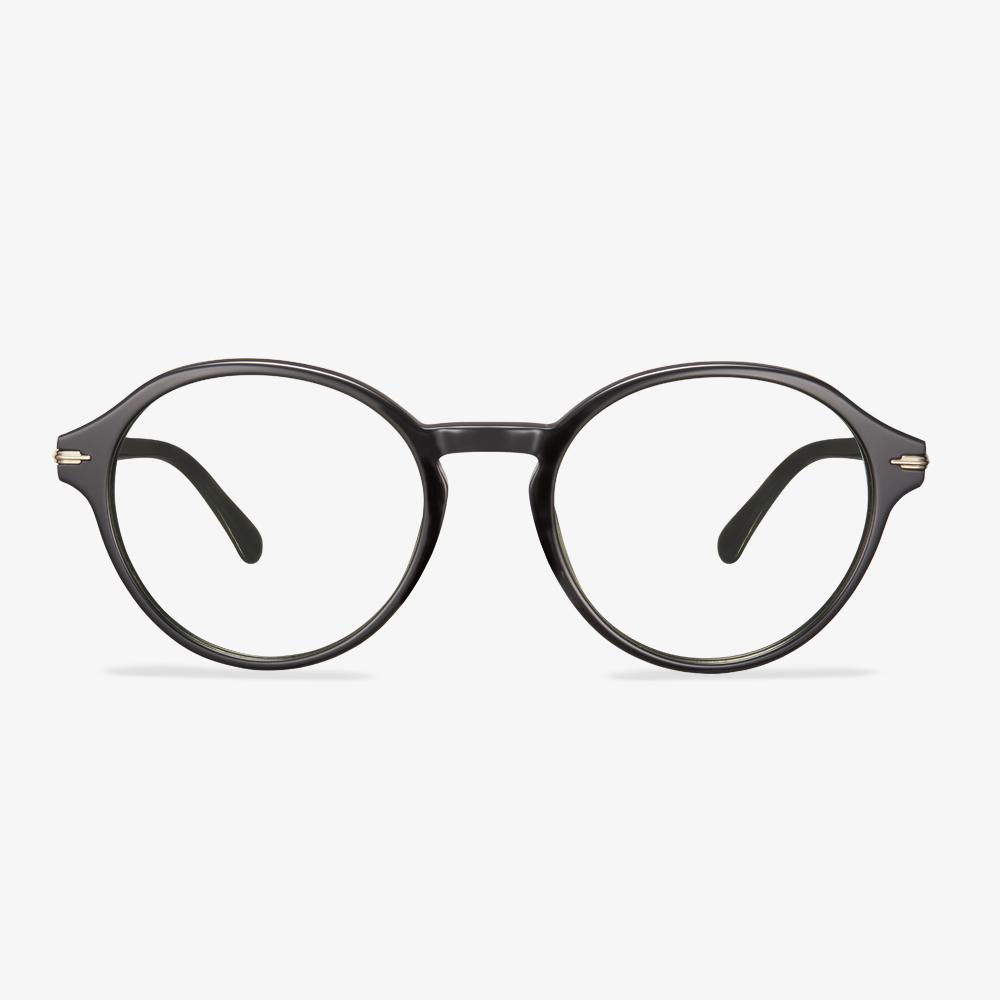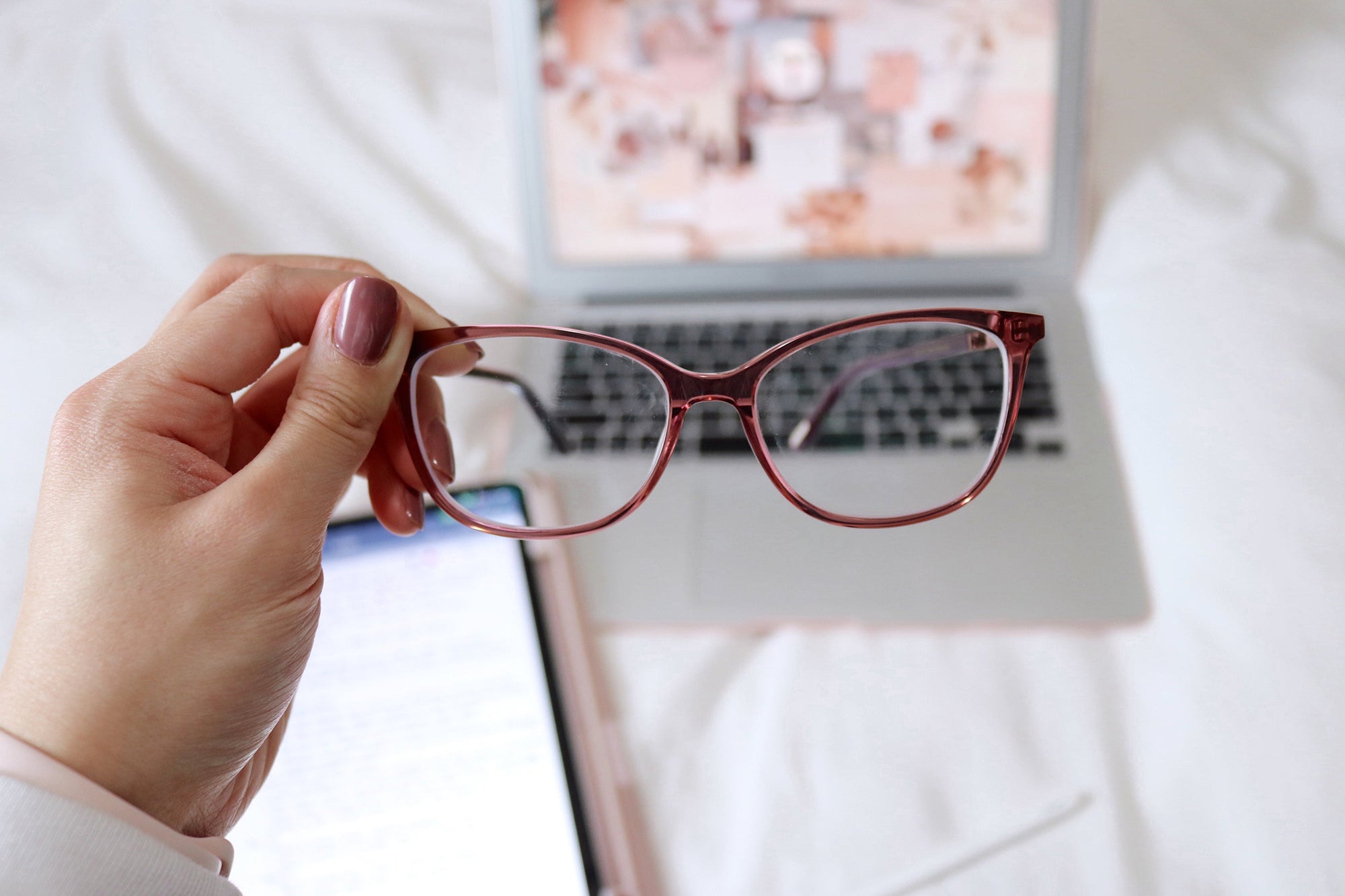GlassesUSA lenses
GlassesUSA provides a variety of lens options, including UV and anti-glare filter coatings, which may reduce eye strain from digital device use. The freight is included. Rush Shipping can charge a small fee. This is good for people who desperately need new glasses or contact lenses.
What Do the Numbers on Glasses Mean?
In this section, we will show you the glasses numbers meaning. These numbers on glasses frames are the measurements that indicate and describe the size of your eyeglasses frames, specifically:
- The eye size number (it is the size of the lenses on your frame).
- The bridge size number (the distance between the lenses).
- The temple length number (it is the size of that part of your eyeglasses frame, which rests upon your ears).
The three numbers mentioned above are the key measurements that describe the glasses measurements of the frames in eyeglasses. For example, you will see three numbers like 51-17-145 at the temple of your glasses. These numbers help the optician to choose the best-fitted frame for your head size and facial features.
All of these three numbers are measured in millimeters. These variations in frame numbers are fitted by a skilled optician so that it should be best fitted, be comfortable and look good on the appearance.
Is titanium alloy necessarily worse than pure titanium?
In the common case, the introduction of a titanium frame will have a detailed material label, what titanium and what material is it made of, such as titanium nickel alloy, titanium aluminum vanadium alloy, and so on.
The composition of titanium alloy determines the quality and price of the frames.A good titanium frame is not necessarily worse or cheaper than pure titanium.It is difficult to ensure the quality of titanium alloy which is very cheap in the retail market.In addition, titanium alloy is not to reduce the cost, but to improve the performance of the material.Usually, the memory frame on the market is made of titanium alloy.
How to Get Used to Progressive Lenses?
How to adjust to a pair of new glasses? How long does it take to adjust to a new pair of glasses? In general, there are several ways for adjusting to progressive lenses. In this section, we will show you some of them.
- Put on your new progressive glasses in the morning and wear them for at least one hour or two. The next morning, try a few more hours. Develop your tolerance to adjust to them.
- When you walk, look straight ahead, not down at your feet. And, point your nose in the direction you want to look, not just looking left or right with your eyes.
- Don’t switch between your new pair and the old one frequently.
- Make sure your progressive glasses fit properly and don’t slide down your nose.
- When you read, don’t move your eyes or head. Move the page or paper instead.
- Set your computer screen below eye level. You can achieve that by adjusting your desk or chair.
Choose rectangular glasses based on the shape of your face.
If you belong to the oval face, do not choose the too large or angular glasses frame. And do not choose long or square ones. It will be easy to elongate the face and affect the overall appearance. The shape of a round face is the opposite of a square face, so the buying principle of the glasses is basically the opposite of a square face. You need a more angular one to improve the shape of the face, but you need a square face (elongate) principle, that is, use a lower height, higher temple position of the frame.
The life of the color-changing lens
There is a reaction fatigue problem in both compound reaction and bond-breaking ring-opening reactions. Therefore, there is a shackle in the process of discoloration, which is the life of the discoloration lens. Generally speaking, high-quality color-changing lenses can maintain more than 90% color-changing effect after 2 years of use.
NIGHT - LITE ® NIGHT DRIVING GLASSES
The glasses allow you to see clearly without straining your eyes to ensure safe driving. They can eliminate strong reflected light, reduce glare, and distracting from reflection. They can filter out high-intensity glare from oncoming traffic, street lights, and billboards while improving visual acuity for night driving. They give you more control over the steering wheel and better visibility, thus reducing the stress of driving. They can relieve pressure on the eyes. Eye strain can be prevented by eliminating light entering the eye.











































